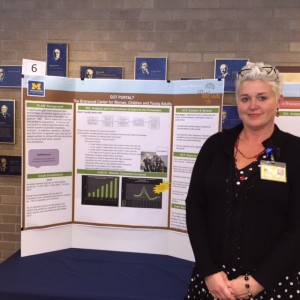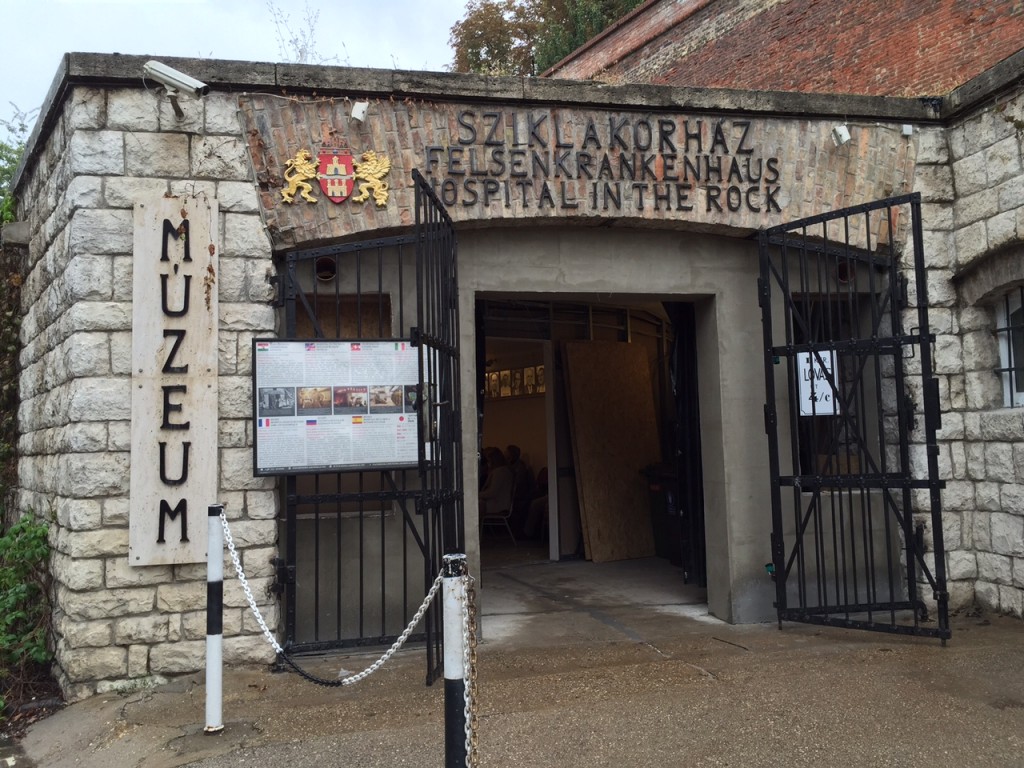 Recently I wrote that October was Quality Month and I highlighted Dr. Richard Shannon’s excellent talk, part of our Lean Thinker’s Series. I “teased” that I would comment on the Quality Month poster sessions in an upcoming post.
Recently I wrote that October was Quality Month and I highlighted Dr. Richard Shannon’s excellent talk, part of our Lean Thinker’s Series. I “teased” that I would comment on the Quality Month poster sessions in an upcoming post.
For two days, 48 quality improvement teams displayed their stories as posters. I spent about an hour checking out the posters and talking with people from the teams. I targeted the ones with potential scalability or an IT connection.

Jennet Malone, a manager at The Briarwood Center for Women, Children and Young Adults, explained how they increased use of the portal.
Here are a few worth noting:
Got Portal? –The Briarwood Center for Women, Children and Young Adults
We rolled out our patient portal more than 3 years ago. Patient enrollment has been fairly successful with over 200,000 active users but this is still not at the level we need. This health center established specific goals for making portal functionality part of everyday clinic workflow and used by patients and families. They increased their marketing efforts and established staff incentives for meeting short term goals. They purchased iPads to help staff sign up patients. They added the portal metric to their daily huddle. The result: Briarwood Center for Women, Children and Young Adults has the highest percentage of patients on the portal when compared to other clinics! Continue reading


 It was good to hear how another academic medical center is approaching similar challenges and applying lean. Some of my takeaways from his talk and the lunch discussion that followed:
It was good to hear how another academic medical center is approaching similar challenges and applying lean. Some of my takeaways from his talk and the lunch discussion that followed: It is part of our developing lean Daily Management System.
It is part of our developing lean Daily Management System. On a recent trip to Europe, I toured the museum; it’s an actual underground hospital built in a cave system inside Budapest’s Castle Hill.
On a recent trip to Europe, I toured the museum; it’s an actual underground hospital built in a cave system inside Budapest’s Castle Hill.